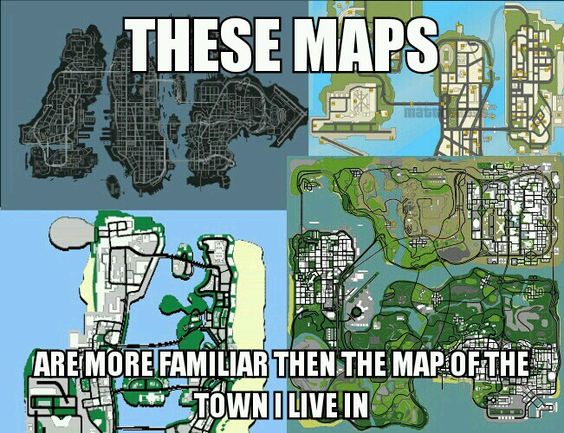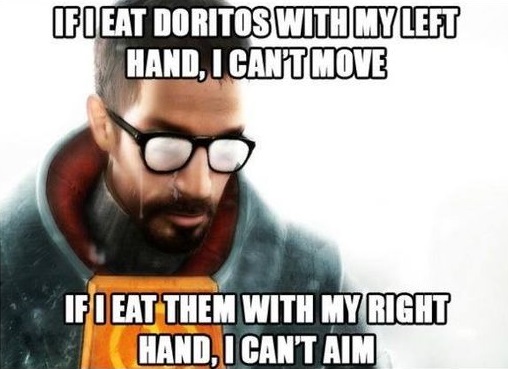http://amzn.to/2ekwj9v
Killzone: Shadow Fall (PS4) $13.83 @ Amazon
Get Killzone: Shadow Fall (PS4) for $13.83 at Amazon.
Get Killzone: Shadow Fall (PS4) for $13.83 at Amazon.
http://amzn.to/2ekwj9v
Get Uncharted: The Nathan Drake Collection (PS4) on sale for $19.99 at Best Buy.
https://goo.gl/9JD87W
GTA maps meme.

Get Bloodborne (PS4) on sale for $13.08 at Walmart.
https://goo.gl/utbdLL
Call of Duty meme

Get Borderlands: The Handsome Collection (PS4) on sale for $29.83 at Walmart.
https://goo.gl/qU7Nw7
Oops, wrong cheat code.

Just the usual gamer problems.

Mafia III is out today.
Elder Scrolls Online: Tamriel Unlimited (PS4) on sale for $10.49 at Amazon.
http://amzn.to/2dzlX5R